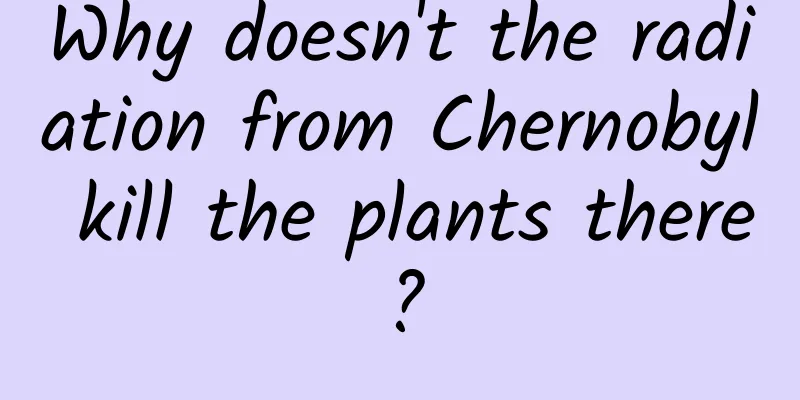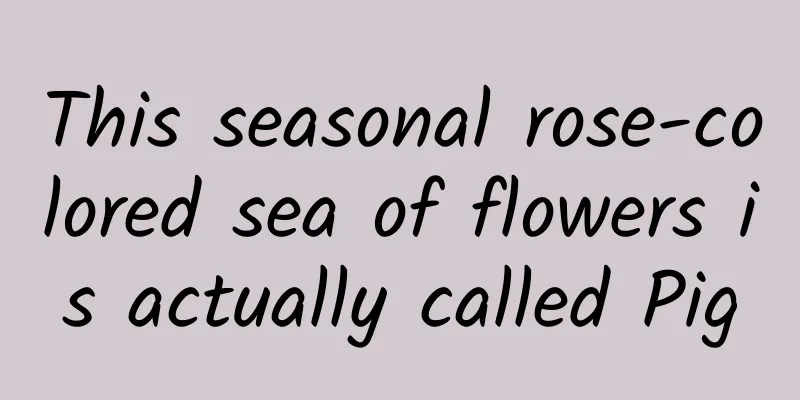Why doesn't the radiation from Chernobyl kill the plants there?

|
Chernobyl - site of the worst nuclear power disaster in history, which occurred in 1986. A nuclear power plant accident here turned the once densely populated area into a 2,600 square kilometer exclusion zone. But this is not a forbidden zone for life. In recent years, many animals such as wolves, wild boars and bears have gradually appeared in the forest in this forbidden zone. Although nuclear radiation may still exist here, it does not seem to have much impact on these animals. Before these animals, plants had already lived here for many years and were living quite well. In fact, three years after the Chernobyl nuclear power plant disaster, vegetation here had already begun to recover. So why can plants recover in such a short time? To answer this question, we first need to understand how nuclear radiation affects living cells. The radioactive materials produced by nuclear reactors can continuously emit high-mass particles in all directions, attacking the cell structures of living cells. If a cell is damaged, most of the material inside it can be replaced, but DNA is an exception. This thing is very fragile. If the radiation is strong enough, the DNA will be damaged - for example, the DNA sequence will be reversed or broken, leading to rapid cell death. Therefore, the surface of the body of a person exposed to nuclear radiation will quickly fester. If the radiation is weak, DNA will not be affected either, because low-intensity radiation can easily cause DNA mutations - such as cancer, thereby changing the function of cells. Such changes generally have negative effects. Humans and other animals mainly rely on DNA to carry out various life activities. If there is a problem with DNA, it will be fatal to humans and other animals. Plants are different, however, because they cannot move, they have no choice but to adapt to their environment. Plants are not like animals, which follow a stable developmental path from birth. They will choose their own developmental path based on their own growth. For example. If the demand for water is greater, the plant will grow its roots deeper into the ground. If they need more sunlight, they will raise their stems and leaves higher. More importantly, unlike animal cells, almost all plant cells are capable of producing new cells needed for any part of the plant. This is why plants can be propagated by cuttings or grafting. This means that plants have stronger regenerative abilities than animals and can recover quickly from damage or radiation. So nuclear radiation has no effect on plants? Of course not. Nuclear radiation can also cause mutations in the plant's DNA. From the outside, the plant looks like it has a tumor. But don't forget that an important difference between plant cells and animal cells is that plant cells have cell walls. It is this cell wall that prevents the mutated cells from spreading from one part of the plant to another, giving the plant a chance to breathe. Let them still survive the radiation! |
Recommend
Competing for popular "property projects" and abandoning "unfinished buildings", how did hermit crabs become "real estate transaction" tycoons?
The hermit crab is small in size, with an appeara...
This kind of "shit-stepping feeling" shoes, with monthly sales exceeding 10,000, is gradually destroying your feet...
I believe that friends who have shopped online mu...
1-year-old baby died of poisoning! This thing is in almost every household! Be careful!
For Xiaoxi (pseudonym), a 1-year-and-4-month-old ...
New firmware causes trouble: MacBook Air may become bricked
Apple released the EFI 2.9 update for the MacBook ...
Buyers, don't let suppliers tie your laptop to purchasing data analysis
At a procurement forum, the procurement director ...
Tips for shooting and attracting traffic with short videos!
A few days ago, when a business friend was chatti...
Useful Information | How to plan a public account operation plan?
I'm currently working on an overall operation...
Why is the effect worse when imitating the copywriting of brands like Durex?
Many copywriters like to pay attention to Durex’s...
Wired Magazine: Data from March 2025 shows that Tesla has sold only 46,096 Cybertrucks in 14 months, far below the annual sales forecast of 250,000
Recently, Wired magazine published an article tha...
User operation practice: skills in building a user growth system!
Building a user growth incentive system can help ...
A complete list of short video operation content models
Recently, many friends have sent me private messa...
Information flow effect is not good? Maybe you didn’t do a good job of business analysis丨Attached is the latest case study
An experienced pitcher may know how to package th...
The inedible "tree lobster" survives on an isolated island
Lord Howe Island is a volcanic island located bet...
Zhejiang Telecom Hosting Prices
Telecom hosting price, telecom hosting is the ser...
Xiaohongshu platform’s distribution strategy and case analysis
According to relevant data, China's cosmetics...









